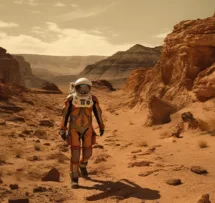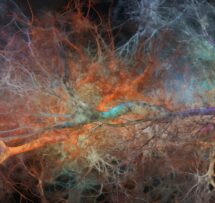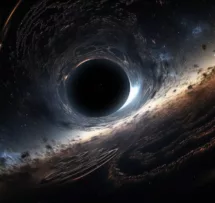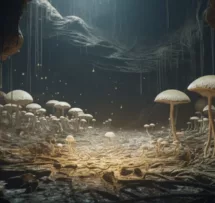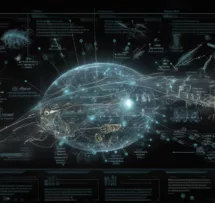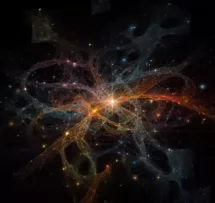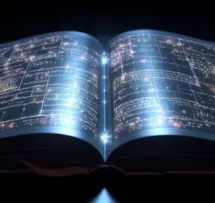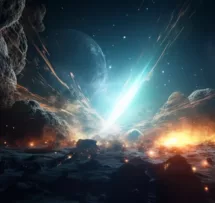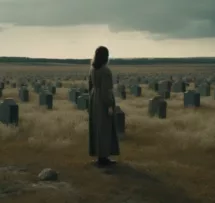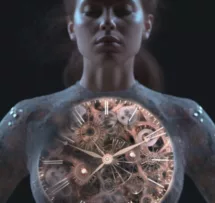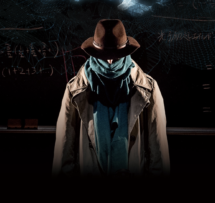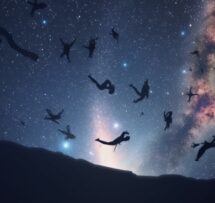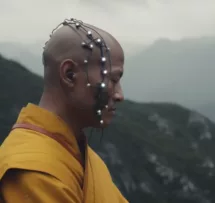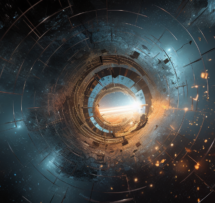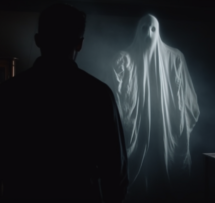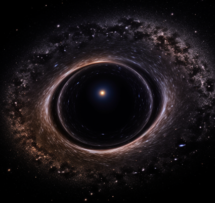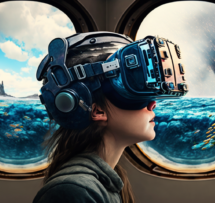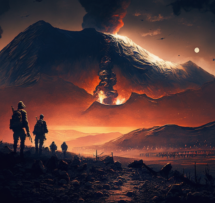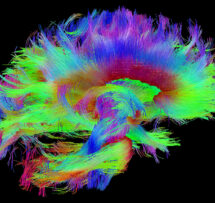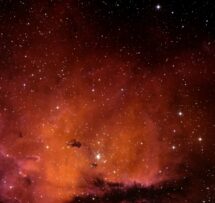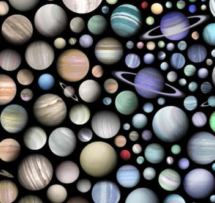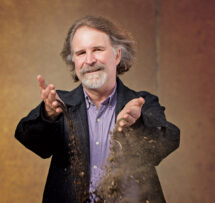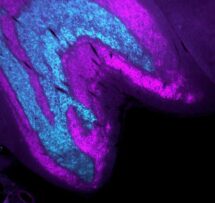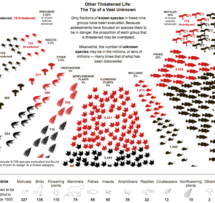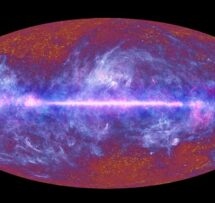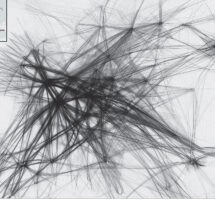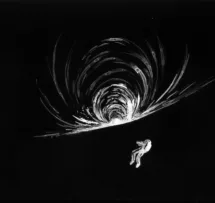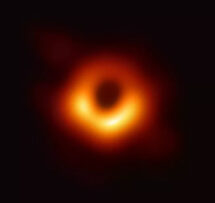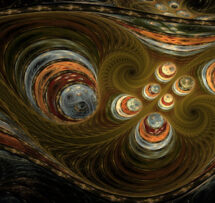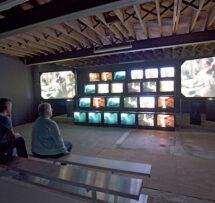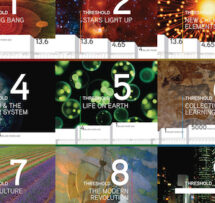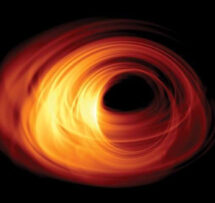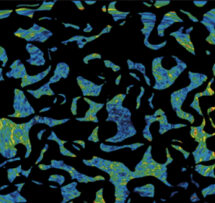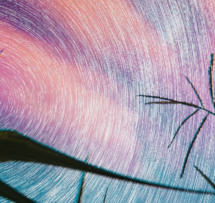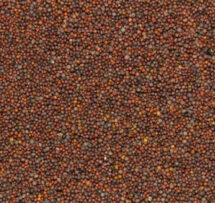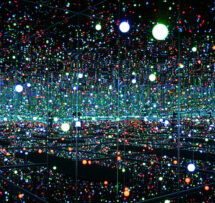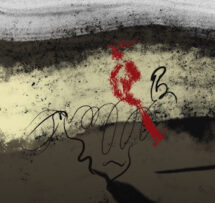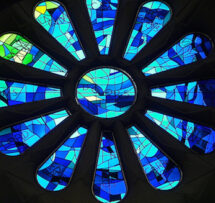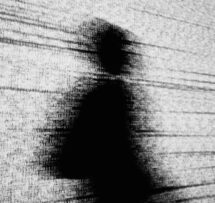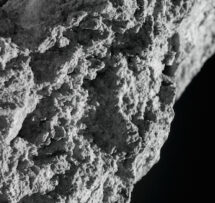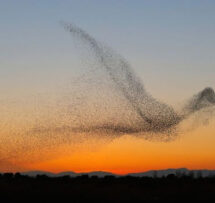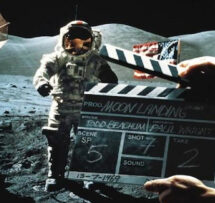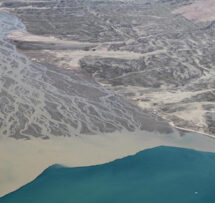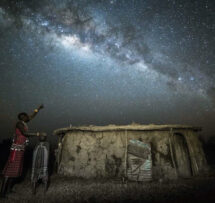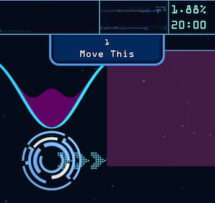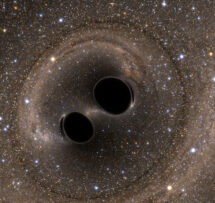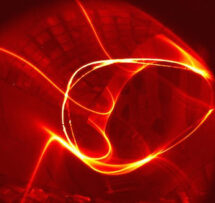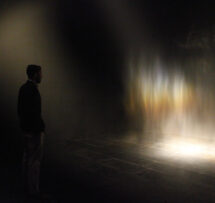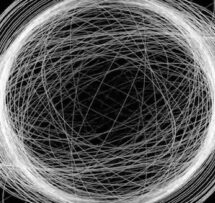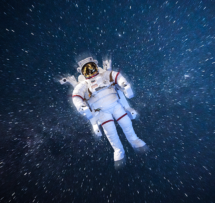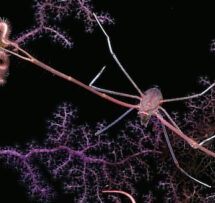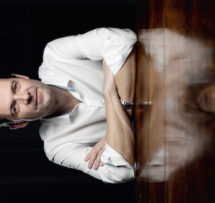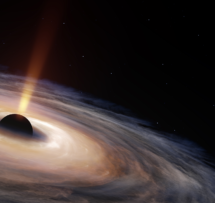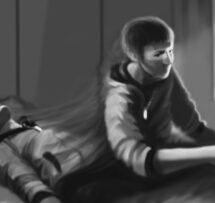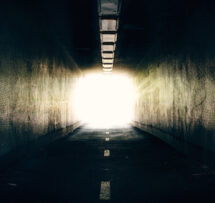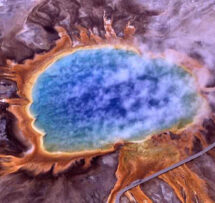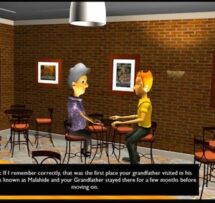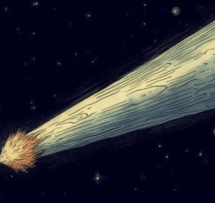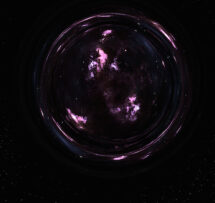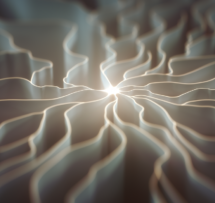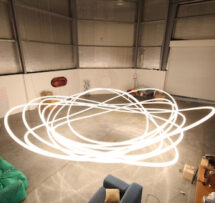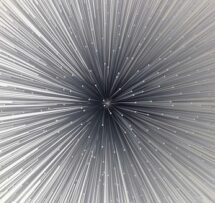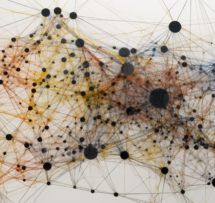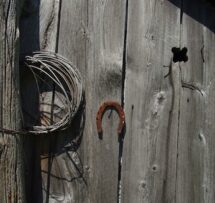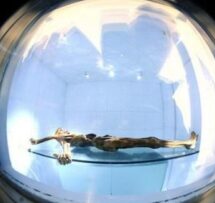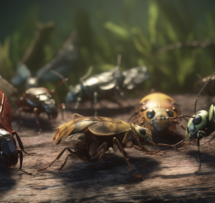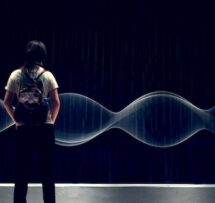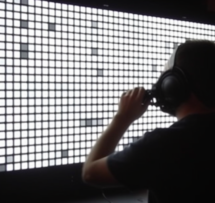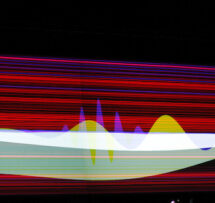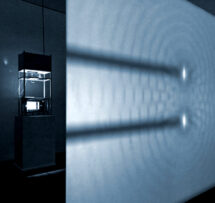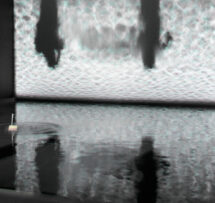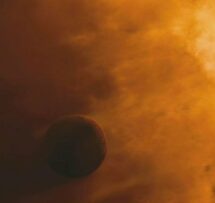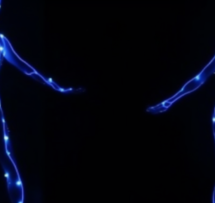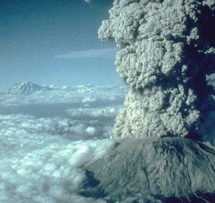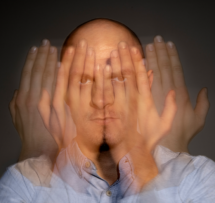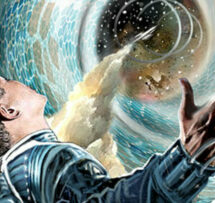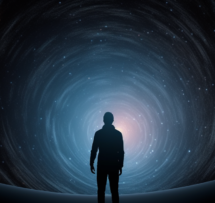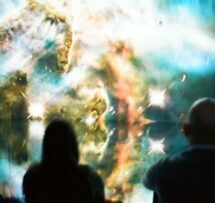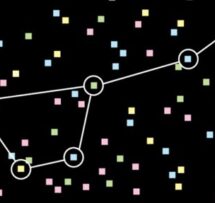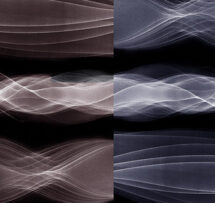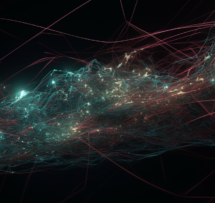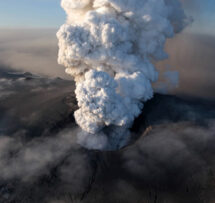Origins: Planets to Galaxies Research from the forefront of the ALMA telescope array

A joint venture of Science & Cocktails and CPH:DOX presents a transdisciplinary evening of science with astrophysicist Stuartt Corder, the screening of the documentary COSMORAMA and the concert of multi-instrumentalist M. Rexen and his band of 12 musicians.
Programme for the evening:
18:30 Doors open
19:15 Screening of Cosmorama
20:00 Origins: Planets to Galaxies by Stuartt Corder
21:20 Concert by M.Rexen (episode 1)
Stuartt Corder will be presenting new research about the origins of planets and distant galaxies straight from the forefront of the largest array of infrared telescopes in Chile. The Atacama Large Millimeter/Submillimeter Array (ALMA) is a telescope designed to study the origins of the most fundamental components of the visible Universe, peering into the otherwise dense, dark and cold hearts that gave rise to the galaxy in which we live and this rock we call home.
Allowing visualizations of the most distant galaxies and nearest star-forming region with unprecedented sensitivity and resolution, the inner reaches of young solar systems are being studied, the earliest galaxies are not only being detected but some details begin to emerge, and the molecular building blocks of life as we know it are being seen in growing numbers.
Such capabilities do not come without tremendous efforts: ALMA was built and is operated in some of the harshest conditions on Earth. Functioning at 5000 m altitude in the driest of deserts is a physical challenge to the humans that work there. The environment also battles against the high precision design of the instrument itself, with intense UV radiation, thin air, and high winds with fine sand, pose a constant threat to the machine.
ALMA, and its current results and further potential to understand star and planet formation, chemical origins of life and the onset of the first visible massive structures in the universe, are transforming what we know about where the astronomical world comes from.
Using the same infrared methods of observation, Hugo Deverchère’s Cosmorama observes the world in a way that it doesn’t appear to us. Shot in the surroundings of an observatory (in a lava desert where the NASA recently tested Martian rovers) and in a primitive forest which gives us an overview of the state of the world 50M years ago, the film uses a near-infrared imagery process with which astronomers usually observe the deep reaches of the universe. It also makes audible the light pulsations emitted by distant stars and galaxies by transposing radio-telescopes data into sound. By disrupting our usual spatiotemporal markers, Cosmorama allows the emergence of a sensitive and collective experience of pure perception.
Afterwards, while chilled cocktails are begin served, M.Rexen and his 12 musicians - the house band for this season - will be taking the stage and playing their first performance out of 3. M. Rexen's musical styles seem to pour out of a gigantic kaleidoscopic vortex. These years you can see live performances with his 12 piece band which are effortlessly surprising, feeding off the endlessly vibrant Rexen. Sure to entertain an audience looking to get lost in a multi-denominational play of melody, orchestral instruments and fairy tale voices matched by a true rock and roll spirit. This season M. Rexen will mainly communicate through Mr. Rexen's Musical Memoir Quest, a web series showcasing the bands live performances and studio activity alongside shots from Rexen's personal lakeside home.

Stuartt Corder
Origins: Planets to Galaxies Research from the forefront of the ALMA telescope array
Stuartt Corder will be presenting new research about the origins of planets and distant galaxies straight from the forefront of the largest array of infrared telescopes in Chile. The Atacama Large Millimeter/Submillimeter Array (ALMA) is a telescope designed to study the origins of the most fundamental components of the visible Universe, peering into the otherwise dense, dark and cold hearts that gave rise to the galaxy in which we live and this rock we call home.
Talk by
Stuartt Corder
Acting director of the ALMA observatory from April 2017 to Feb 2018 and ALMA deputy director, head of operators, since 2014. Ph.D. in Astrophysics at the California Institute of Technology (Caltech). His work there focused on methods for enhancing image fidelity with the then being commissioned Combined Array for Research in Millimetre-wave Astronomy (CARMA). The ALMA operations and development teams consist of some 500 staff worldwide, approximately half in Chile. It has an application rate of approximately 1650 requests for use per year. Of these, about 1/4th are eventually executed on the telescope.

Documentary
COSMORAMA
Documentary by Hugo Deverchère. This disorienting, cosmic site exploration tests our imagination by means of infrared imagery and radio-telescopic data that are turned into sound. The real locations are a testing site for NASA in a lava desert, and a primitive forest which gives us an overview of the state of the world 50 million years ago.

Music by
M. Rexen
"Over the last few years I have dedicated my time to visiting neolithic sites around the world. Through these adventures I have begun to regard these sites as healing centers rather than tombs or religious sites; places where the lethargy imbedded in our modern bodies evaporates effortlessly. Pyramids especially rock my world. Our world, I should say." - M.Rexen


